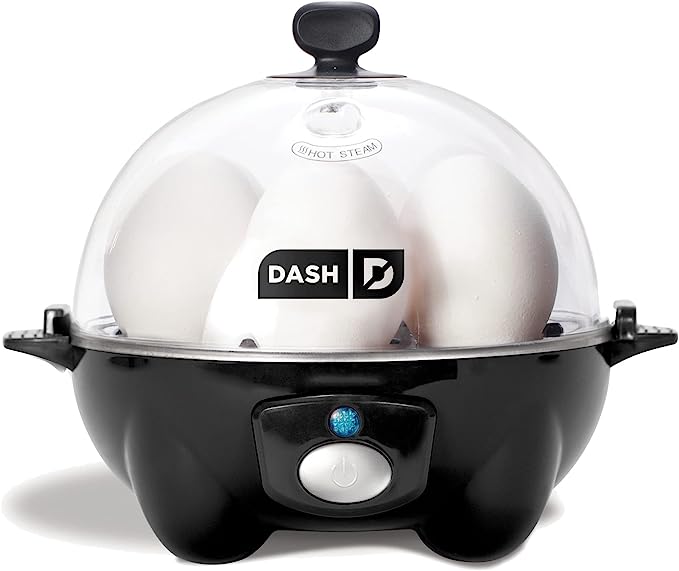- FREE Express Shipping On Orders $99+


What is Põde? Benefits & Side Effects
Põde is usually made from pork, potatoes, and sauerkraut or turnips. It is usually made from pork, potatoes, and sauerkraut or turnips. The stew is a staple in Estonian festivities, especially during winter occasions like Christmas and the traditional Midsummer celebrations.
The Origin of Põde
Põde has become a staple in Estonian festivities, especially during winter occasions like Christmas and the traditional Midsummer celebrations. It is a dish that brings joy to both the performers and the audience, allowing Estonians to celebrate their rich cultural heritage. The stew has also inspired various adaptations, such as vegetarian versions that substitute meat with plant-based proteins like mushrooms, tofu, or tempeh, holding the stew’s rich flavors and comforting appeal.
The History of Põde in Estonia
The history of põde in Estonia dates back to the 19th century when potatoes were first introduced to the country. Põde originated in southern Estonia, particularly in Viljandi County, and has since become a cherished part of Estonian culture and cuisine. The stew is a comforting and hearty dish that has evolved over time, with each family holding its own esteemed recipe, incorporating various ingredients like cream, butter, mushrooms, carrots, or barley.
Some Variations of Põde
Põde is a versatile dish, and each family holds its esteemed recipe, incorporating interesting varieties like cream, margarine, mushrooms, carrots, or grain. Some districts opt for sheep or beef, incorporating nearby produce like turnips, carrots, or mushrooms. Some versions use cream or butter to make the stew richer, while others add barley. Vegetarian versions that substitute meat with plant-based proteins like mushrooms, tofu, or tempeh also exist.
How do Different Families in Estonia Prepare Põde
Different families in Estonia prepare põde with their own unique variations, incorporating various ingredients and cooking methods. Each family’s recipe is a reflection of their unique culinary traditions and preferences, making each pot of põde a unique experience that embodies the essence of Estonian culture and sentimentality.
Some of the ways families prepare põde include:
- Classic recipe
The traditional recipe consists of pork, potatoes, and cabbage, which is then simmered for hours to create a hearty and comforting stew.
- Local variations
Some families opt for sheep or beef instead of pork, and they incorporate local produce like turnips, carrots, or mushrooms.
- Rich versions
Some families add cream or butter to make the stew richer, while others add mushrooms, carrots, or barley to enhance the flavor.
- Vegetarian versions
To cater to vegetarian preferences, families can substitute meat with plant-based proteins like mushrooms, tofu, or tempeh.
How Põde is Effective
Põde is not typically associated with healthcare effectiveness. Instead, it is an Estonian stew that is a classic example of Estonian comfort food at its finest, with a long and rich history in Estonian culture. It is usually made from pork, potatoes, and cabbage, and has various local and vegetarian variations. If you have a specific context in which “põde” is being referred to as effective, please provide additional details for a more accurate response.
Common Side Dishes Served with Põde
Põde, an Estonian comfort food, is typically served with various side dishes to complement its rich flavors. These side dishes enhance the dining experience and complement the hearty and comforting nature of põde, making it a wholesome and satisfying meal.
- Bread
Põde is usually served with bread, which is perfect for soaking up the flavorful broth.
- Vegetables
Some people like to add other veggies such as carrots, parsnips, or turnips to accompany the stew.
- Cream or Sour Cream
Cream or sour cream is also commonly served on the side to add richness to the dish.
Benefits to use Põde
Põde offers a nutritious, culturally significant, and comforting meal that brings people together and allows for culinary innovation.
- Nutritional Value
Põde provides a wholesome meal with protein from meat, nutrients from vegetables, and the goodness of grain or other grains.
- Cultural Tradition
Põde is an integral part of Estonian food culture and national identity, reflecting the country’s rich history and culinary traditions.
- Comfort and Warmth
Põde is a hearty and comforting dish, perfect for cold winter days, providing warmth and satisfaction to those who enjoy it.
- Versatility
Põde can be adapted to cater to various dietary preferences, such as vegetarian versions
that substitute meat with plant-based proteins like mushrooms, tofu, or tempeh. - Social Bonding
Põde is a cherished dish during Estonian festivities, especially during winter occasions like Christmas and the traditional Midsummer celebrations, where families bond over shared pots of this delicious stew.
Culinary Innovation
Contemporary chefs and home cooks are experimenting with Põde, infusing present-day turns while preserving its embodiment, leading to creative adaptations and serving presentations.



















